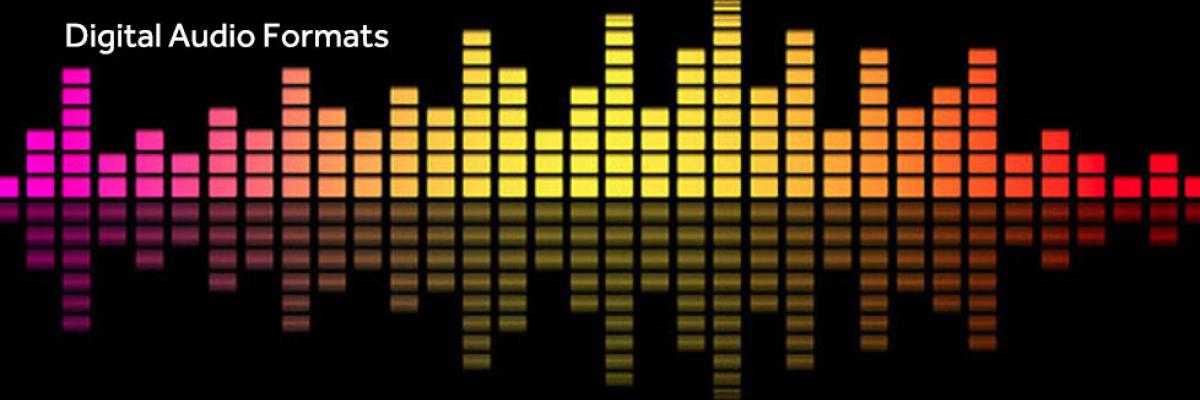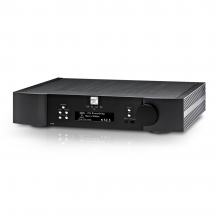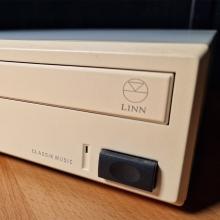
Digital Audio File Formats
Digital Audio formats
| Name | Description |
| AAC | Advanced Audio Coding (AAC), also known as MPEG-2 Part 7, and also MPEG-4 Part 3 in a slightly modified form, is a digital audio encoding and lossy compression format. It was popularized by Apple Computer through its iPod and iTunes Music Store. AAC was designed as an improved-performance codec relative to MP3. AAC was promoted as the successor to MP3 for audio coding at medium to high bit rates. |
| DAB | Digital audio broadcasting or DAB is a technology for broadcasting audio programming in digital form that was designed in the late 1980s. The original objectives of converting to digital systems were to enable higher fidelity, greater noise immunity, mobile services, and new services, but sadly DAB now invariably offers audio quality that is lower than that available on FM. |
| ASF | Advanced Systems Format (formerly Advanced Streaming Format) is Microsoft's proprietary digital audio/digital video container format, especially meant for streaming media. ASF is part of the Windows Media framework. The format does not specify how the video or audio should be encoded, but instead just specifies the structure of the video/audio stream. What this means is that ASF files can be encoded with basically any audio/video codec and still would be in ASF format. |
| FLAC | FLAC is an open source lossless audio codec, supports streaming, seeking and archival. FLAC stands for Free Lossless Audio Codec. FLAC is a popular free audio compression codec that is lossless. Unlike lossy codecs such as Vorbis, MP3 and AAC, it does not remove any information from the audio stream and is suitable both for everyday playback and for archiving audio collections. The FLAC format is currently well supported by many software audio products. |
| MP3 | MP3, is a popular digital audio encoding and lossy compression format invented and standardized in 1991 by a team of engineers directed by the Fraunhofer Society in Germany. It was designed to greatly reduce the amount of data required to represent audio, yet still sound like a faithful reproduction of the original uncompressed audio to most listeners. In popular usage, MP3 also refers to files of sound or music recordings stored in the MP3 format on computers. |
| MP4 | Almost any kind of data can be embedded in MPEG-4 Part 14 files through private streams; the widely-supported audio codecs are: AAC (also known as MPEG-2 Part 7), MP3 (also known as MPEG-2 Audio Layer 3), MPEG-4 Part 3, MP2 (also known as MPEG Audio Layer 2), MPEG-1 Part 3, CELP (speech), TwinVQ (very low bitrates), SAOL (midi) |
| OGG | Ogg is a patent-free, fully open multimedia bitstream container format designed for efficient streaming and file compression (storage).
The name "Ogg" refers to the file format which includes a number of separate independent open source codecs for audio, video and text (e.g. subtitles). Files ending in the .ogg extension may be of any Ogg media filetype, and because the format is free, Ogg's various codecs have been incorporated into a number of different free and commercial media players. The term "ogg" often refers to the audio file format Ogg Vorbis, that is, Vorbis-encoded audio in an Ogg container. Other prominent components of Ogg are its video codec Theora, and the human speech audio compression format, Speex. |
| WAV | Short for WAVE form audio format, is a Microsoft and IBM audio file format standard for storing audio on PCs. |
| WMA | Windows Media Audio (WMA) is a proprietary compressed audio file format developed by Microsoft. It was initially a competitor to the MP3 format, but with the introduction of Apple's iTunes Music Store, it has positioned itself as a competitor to the Advanced Audio Coding format used by Apple and is part of the Windows Media framework.
A large number of consumer devices, ranging from portable hand-held music players and handphones to set-top DVD players, support the playback of WMA files. WMA is second only to MP3 in popularity in terms of number of devices supported. |








